Welcome to issue 39 of the Call to Comms!
This Monday marked the beginning of the Global Media and Information Literacy Week! It's also an opportunity to stress the importance of media literacy, and why it has become an essential tool to understand and analyze information. This week, we focus on a method useful to be sure of what you read online.
Also this week: a special focus on the situation in Gaza, 6 months of war in Sudan, and Capacity Europe.
Media and Information Literacy
What is Media and Information Literacy?
In our interconnected world, we're exposed to huge streams of information from a variety of online sources. Whether it's online newspaper articles, YouTube videos or this newsletter, media literacy is key to determining which information is reliable and which is not.
Media and information literacy empowers people to engage with information they find online, and reduce the risk of misinformation and the spread of fake news.
How do I know if what I see online is trustworthy?
If, like most of us, you've ever found yourself in a situation where you weren't sure about the reliability of a piece of information, the CRAAP test can be a useful tool to critically evaluate the quality of any source of information.
- Currency: When was the information published, updated or revised?
- Relevance: Is the information presented a superficial or a detailed analysis?
- Authority: Who are the authors and editors? Is it peer-reviewed?
- Accuracy: Can you verify the claim in other sources? Is there a bibliography or some work cited?
- Purpose: Is the purpose of the information stated?Is the subject approached from a neutral or biased point of view?
What role does media literacy play in TSF projects?
The Internet offers an almost infinite source of information and has a real potential in our everyday life. However, being aware of its limitations is also important, to mitigate the risks of misinformation.
This is one of the objectives of our project in Madagascar: teaching young Internet users how to use this digital tool in a safe manner by raising awareness of its potential risks.
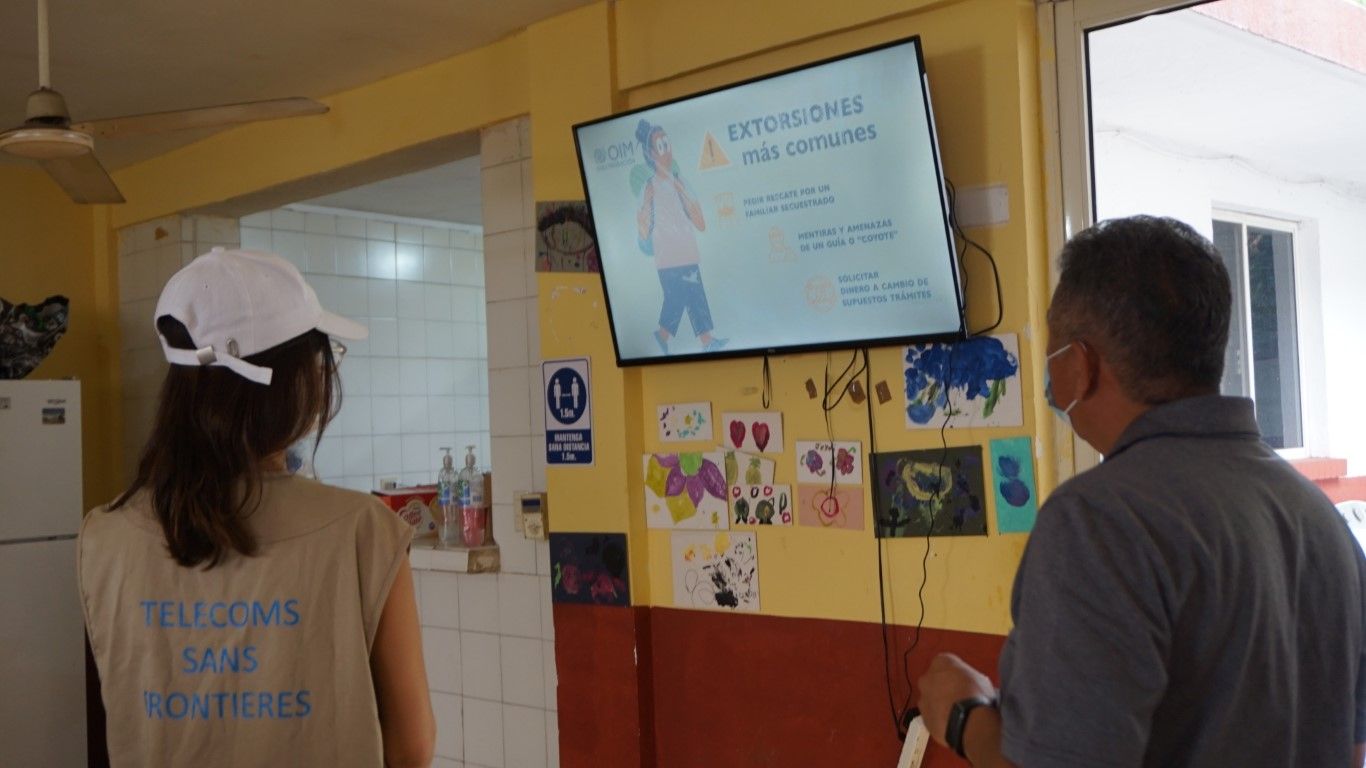
This week’s reads
1 - The situation in Gaza: special focus
- The latest updates:
- Israel’s military said on Monday that ground forces mounted limited raids into the Gaza Strip, and airstrikes, overnight to fight Palestinian gunmen; some 400 Palestians were killed by Israeli air attacks, according to Palestinian health officials.
- Israel say Hamas is holding 222 hostages
- Lebanon: The Israel Defence Force spokesperson said they had carried out strikes on 20 Hezbollah cells in southern Lebanon since the start of the war.
- At least 26 people were killed in Israeli strikes on the Jabalia refugee camp – one of the largest in Gaza.
- The latest figures:
- According to the Ministry of Health in Gaza, more than 5,000 Palestinians have been killed and more than 13,000 wounded;
- According to OCHA, more than 1,400 people in Israel have been killed, mostly during the initial attack.
- The UN estimates that one million Palestinans have been displaced in two weeks.
- Humanitarian situation and aid convoys:
- 14 more trucks entered Gaza through the Rafah crossing with Egypt, joining the 20 trucks that crossed the border on Saturday 21, a first since 7 October.
- However, the UN declared that the situation would require 100 trucks daily to meet the humanitarian needs.
- Gaza residents are struggling to find clean water and food, and the healthcare system is reportedly on the brink of collapse.
- The conflict has spurred a lot of disinformation on social media, fuelled in part by rising AI.
2- Crisis in Sudan
- Fighting in Sudan intensified and has spread from Khartoum, Sudan’s capital, to Gezira state, where hundreds of thousands of people have fled
- MSF had to suspend surgery in Khartoum hospital as supplies remain blocked
- Six months in, Sudan war has displaced nearly 6 millions
3 - Interviews from TSF staff: learn more about our work directly from our team
- Meet Marta Moreton, ICT Specialist at Télécoms Sans Frontières
- TSF: Providing connectivity in a crisis situation
- World Humanitarian Day: what does it mean today and ongoing from a technology perspective?
Also this week
Thank you to all participants and ambassadors for the opportunity to spread TSF’s mission and message during the Capacity Europe event!
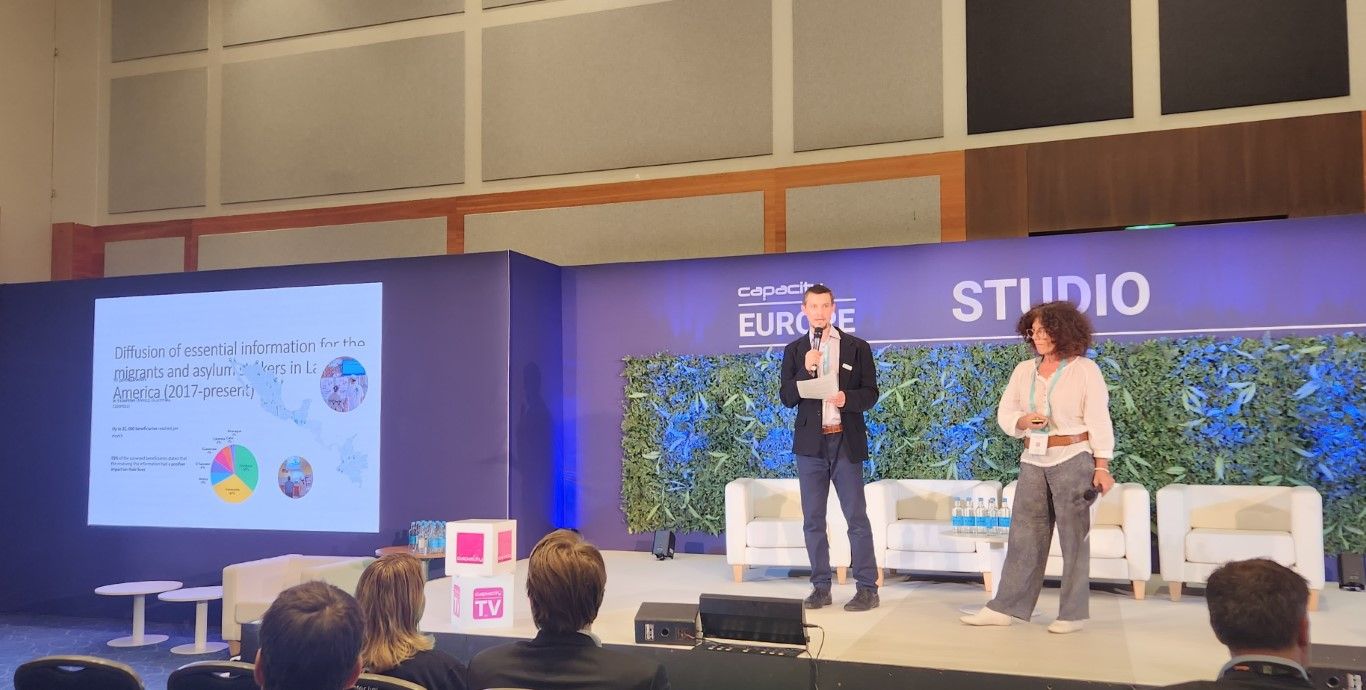
See you next week!



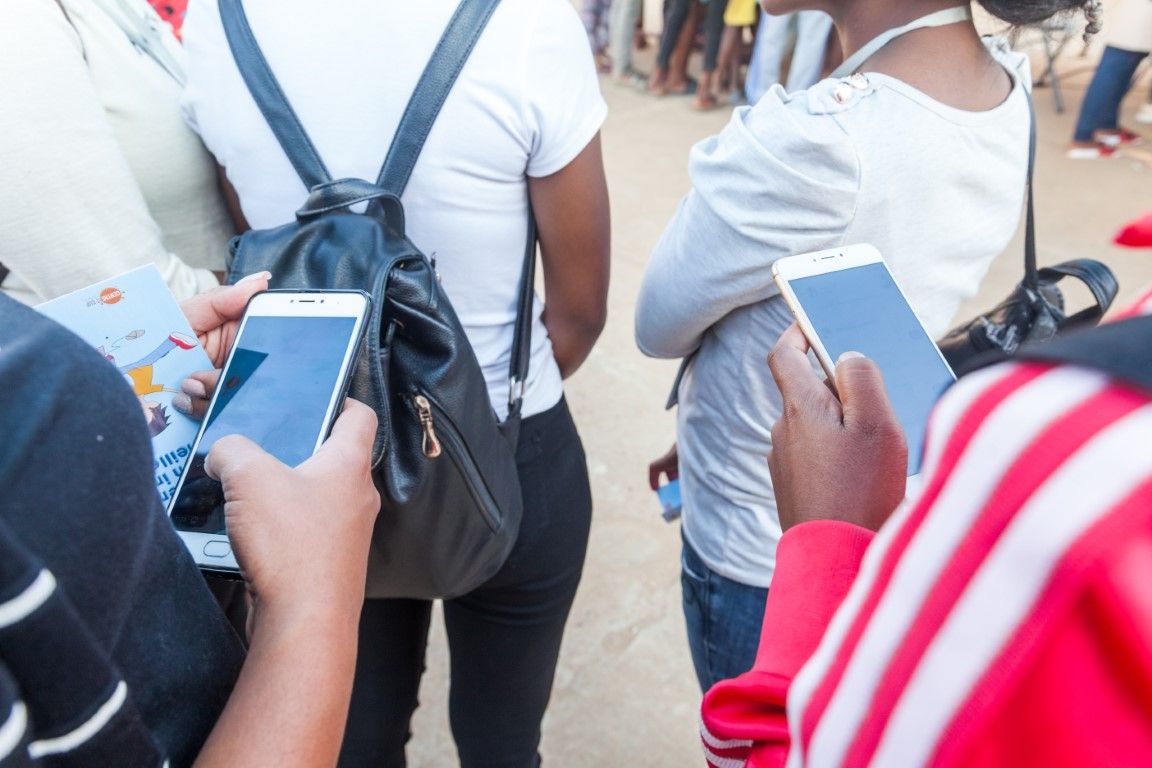

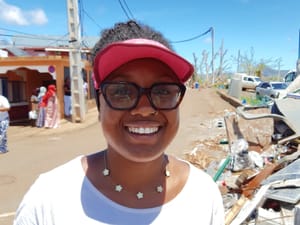
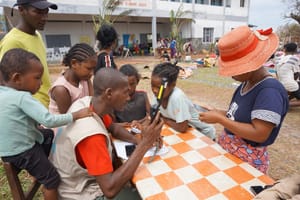
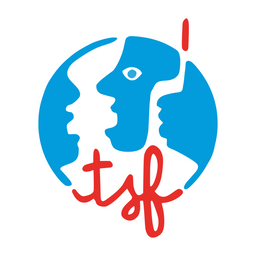
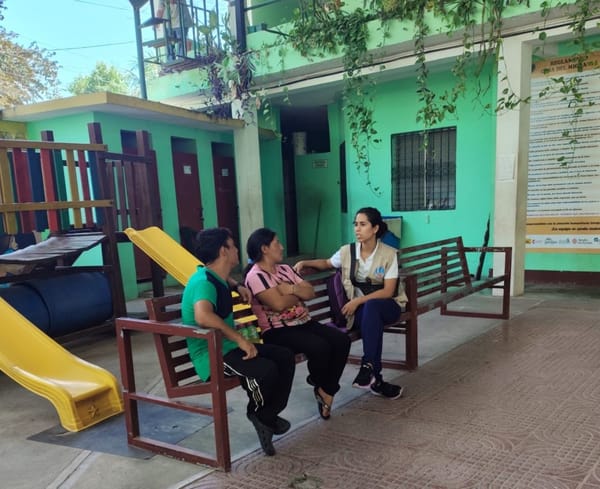
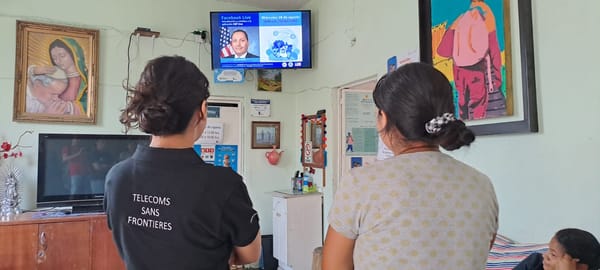
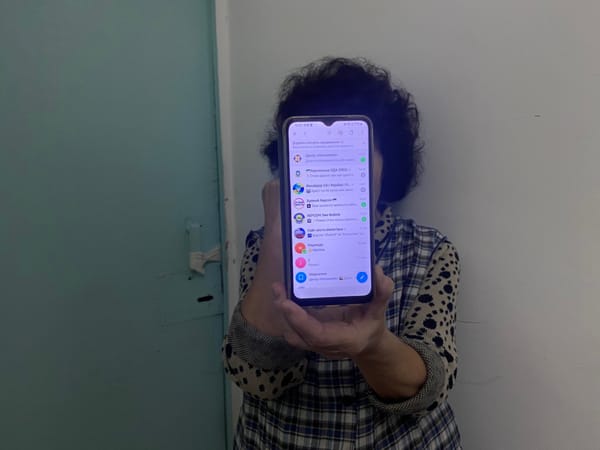

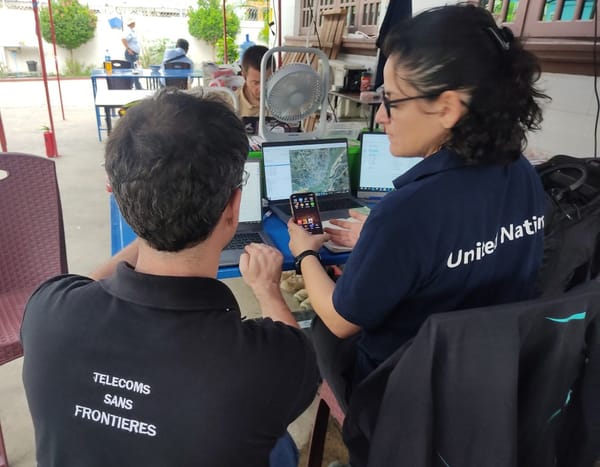
Member discussion